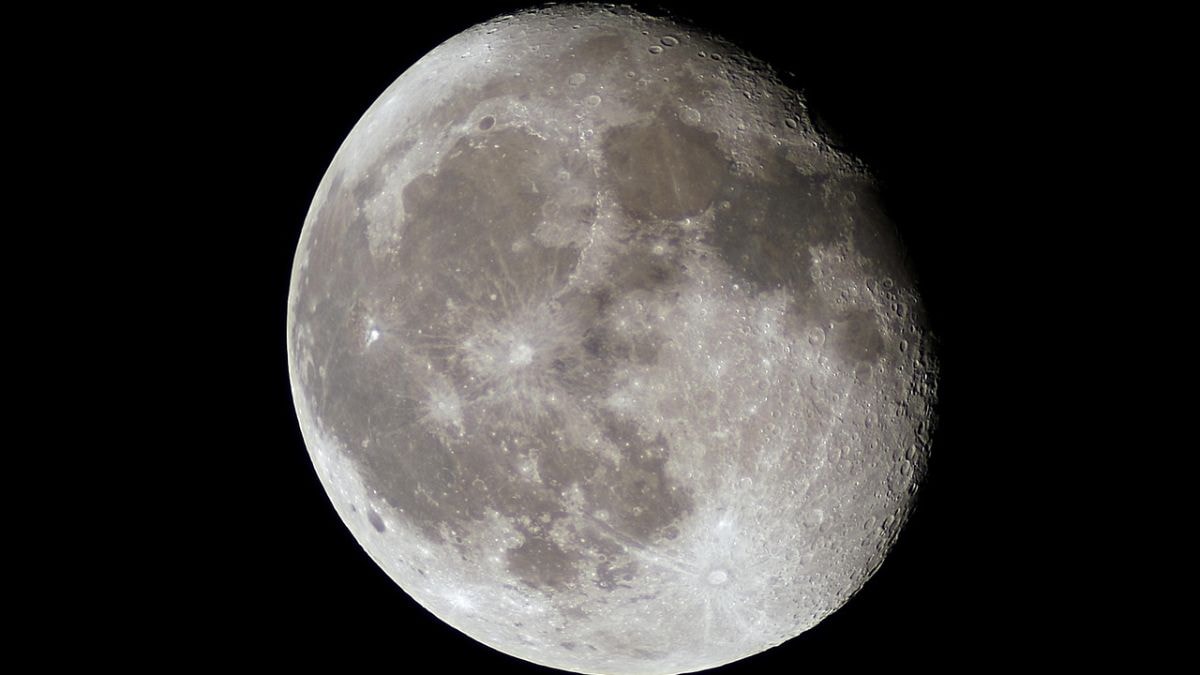
Contents
- 1 The Asteroid Apocalypse That Never Was: How NASA’s James Webb Space Telescope Changed the Game
- 1.1 A Sigh of Relief: No Earth Impact Risk in 2032 or Beyond
- 1.2 From Alarm to All-Clear: The Journey of Asteroid 2024 YR4
- 1.3 A Real-World Rehearsal for Planetary Defense Systems
- 1.4 The James Webb Space Telescope: A Game-Changer in Asteroid Detection
- 1.5 The Importance of Asteroid Detection and Tracking
- 1.6 Conclusion: A New Era in Asteroid Detection and Planetary Defense
The Asteroid Apocalypse That Never Was: How NASA’s James Webb Space Telescope Changed the Game
The world held its collective breath as the likelihood of asteroid 2024 YR4 slamming into the moon in December 2032 increased with new data from the James Webb Space Telescope (JWST) by NASA. This asteroid, feared to be the largest Earth impact threat ever detected, had its odds of striking the Moon bumped up to 4.3 percent, compared to the initial 3.8 percent, according to a NASA release. The update came after scientists refined its predicted path by nearly 20% using JWST’s Near-Infrared Camera. While the asteroid is currently too far to observe from Earth, its May reappearance offered a rare window to recalculate its future orbit.
A Sigh of Relief: No Earth Impact Risk in 2032 or Beyond
In a recent update, NASA confirmed that asteroid 2024 YR4 poses no risk of impacting Earth in 2032 or beyond. This reassurance comes after a thorough analysis led by Andy Rivkin at Johns Hopkins Applied Physics Laboratory. Even a direct impact with the Moon would not disturb its orbit, according to astronomer Pawan Kumar, formerly of the Indian Institute of Astrophysics. The risk is negligible, as debris from such a collision would either remain lunar-bound or disintegrate in Earth’s atmosphere.
Asteroid 2024 YR4, approximately the size of a 10-story building, was discovered in December 2023. Initially, it had a 3.1 percent chance of hitting Earth, the highest probability a big asteroid has ever had of striking our planet. The flying space rock captured world attention early in 2024, as it appeared that it could strike the planet over a wide region, including the Pacific, South America, Africa, and Asia. While NASA dismissed tsunami threats, an airburst over a populated region could have shattered windows and caused minor damage.
From Alarm to All-Clear: The Journey of Asteroid 2024 YR4
However, by February 24, after extensive observation, NASA officially ruled out any danger, reducing the Earth impact probability to 0.004%. Additional telescope data from Chile and Hawaii traced 2024 YR4’s origin to the main asteroid belt between Mars and Jupiter. It transitioned into a near-Earth orbit over time. The space rock is now beyond visual range but will re-enter telescope visibility in 2028, allowing scientists another opportunity to study its physical characteristics and update trajectory estimates.
A Real-World Rehearsal for Planetary Defense Systems
Though now deemed safe, asteroid 2024 YR4 served as a real-world rehearsal for planetary defense systems. "2024 YR4 is a tailor-made asteroid for planetary defense efforts," Kumar noted. From initial detection to global communication, the episode provided a full-cycle test of how Earth would react to a genuine asteroid threat, offering invaluable insights for future preparedness. This close call has underscored the importance of continued investment in asteroid detection and tracking technology, as well as international cooperation in addressing potential threats to our planet.
The James Webb Space Telescope: A Game-Changer in Asteroid Detection
The James Webb Space Telescope has once again demonstrated its capabilities in asteroid detection and tracking. By refining the predicted path of asteroid 2024 YR4, JWST has significantly improved our understanding of this potential threat. The telescope’s Near-Infrared Camera has proven to be a powerful tool in asteroid detection, allowing scientists to study the physical characteristics of asteroids and update trajectory estimates with greater accuracy.
The Importance of Asteroid Detection and Tracking
The discovery and tracking of asteroid 2024 YR4 highlight the importance of continued efforts in asteroid detection and tracking. With thousands of near-Earth asteroids remaining undiscovered, it is crucial that we continue to develop and improve our detection and tracking capabilities. By investing in technologies like the James Webb Space Telescope and fostering international cooperation, we can better prepare for potential asteroid threats and protect our planet from harm.
Conclusion: A New Era in Asteroid Detection and Planetary Defense
The story of asteroid 2024 YR4 serves as a reminder of the importance of asteroid detection and tracking in protecting our planet. With the help of cutting-edge technologies like the James Webb Space Telescope, we are entering a new era in asteroid detection and planetary defense. As we continue to explore and understand our universe, we must remain vigilant and proactive in addressing potential threats to our planet. The discovery and tracking of asteroid 2024 YR4 have provided invaluable insights and lessons, and we must apply these to future asteroid threats to ensure the safety and security of our planet.
Content originally published by www.gadgets360.com













